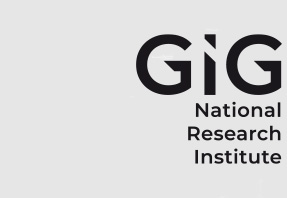Influence of cutting parameters on the performance of plough during hard rock cutting in coal mining
Author ORCID Identifier
Sathish Kumar Palaniappan: 0000-0002-2227-6433
Moganapriya Chinnasamy: 0000-0003-0635-3328
Samir Kumar Pal: 0000-0002-3140-6826
Rajasekar Rathanasamy: 0000-0002-6539-1466
Abstract
Coal ploughs have proved very successful on many faces in various parts of the world. Recently, there has been a general tendency in longwall working to increase the speed at which the machine progresses along the coal face. An increase in production rate demands enhances either due to depth of penetration or cutting speed. This, in turn, results in increasing power demand and also the force acting on an individual pick. To get maximum efficiency from a cutting machine, a number of parameters need to be investigated. The first and foremost thing of interest is naturally the pick geometry. The cutting force can be expected to depend mainly on the rack angle and clearance angle of the tool. The second parameter is the cutting depth, which when enhanced, increases the rate of advancement and, at the same time, results in enhanced cutting force. This results in large power demand and increases wear of picks. Thirdly, cutting speed, in which higher cutting speed will increase the production rate but at the same time is expected to enhance the power demand and the cutting force. This paper aims at investigating the cutting efficiency of the plough by simulating the coal cutting operation in the laboratory. The effect of three main parameters like pick geometry, cutting depth, and cutting speed, on cutting efficiency have been studied in detail. The cutting force elevates at a faster rate with an increase in depth at higher speeds. The percentage increase in force is nearly 20% for a speed increase of 20%.
Recommended Citation
Palaniappan, Sathish Kumar; Chinnasamy, Moganapriya; Pal, Samir Kumar; and Rathanasamy, Rajasekar
(2023)
"Influence of cutting parameters on the performance of plough during hard rock cutting in coal mining,"
Journal of Sustainable Mining: Vol. 22
:
Iss.
3
, Article 2.
Available at: https://doi.org/10.46873/2300-3960.1388
Creative Commons License

This work is licensed under a Creative Commons Attribution-Noncommercial-No Derivative Works 4.0 License.

